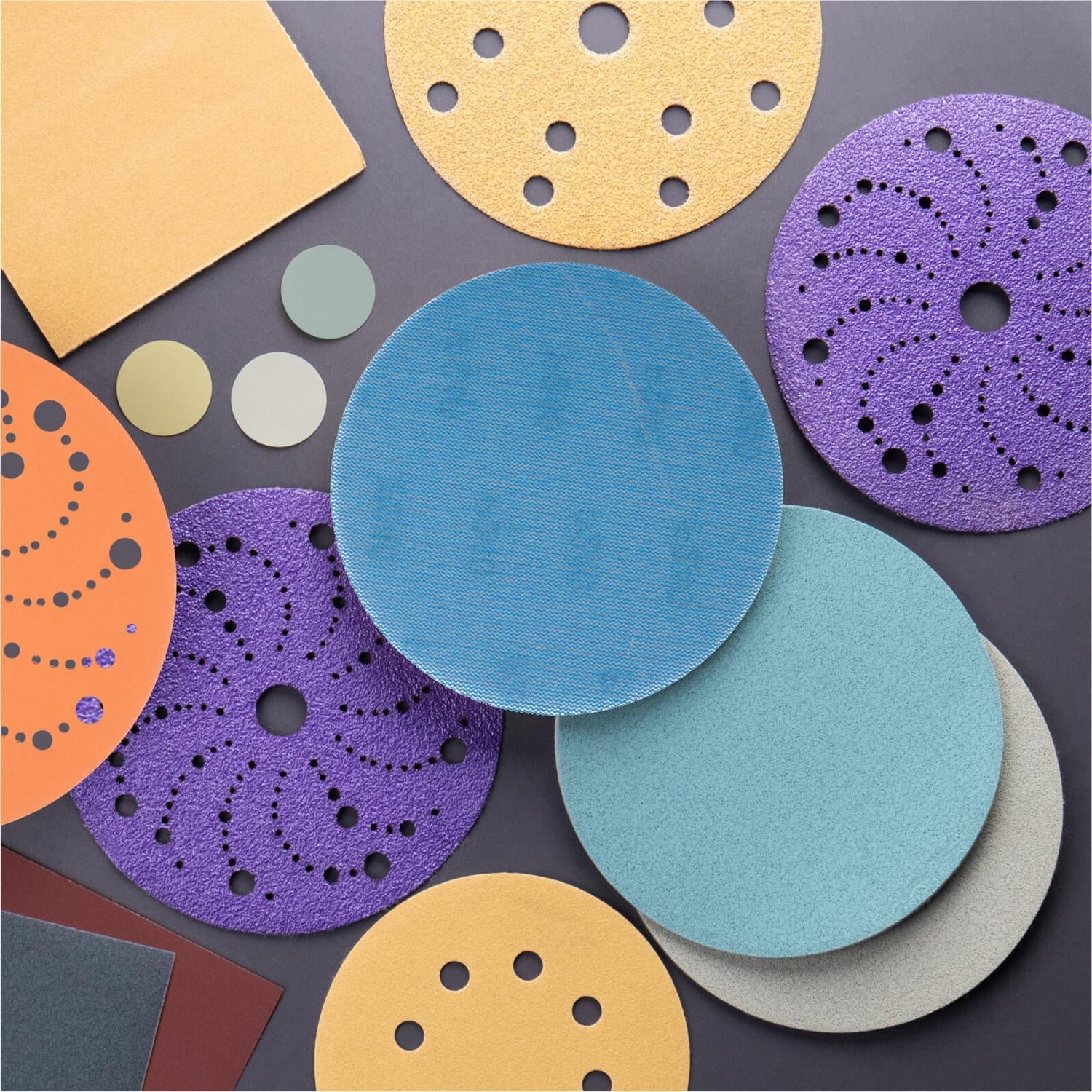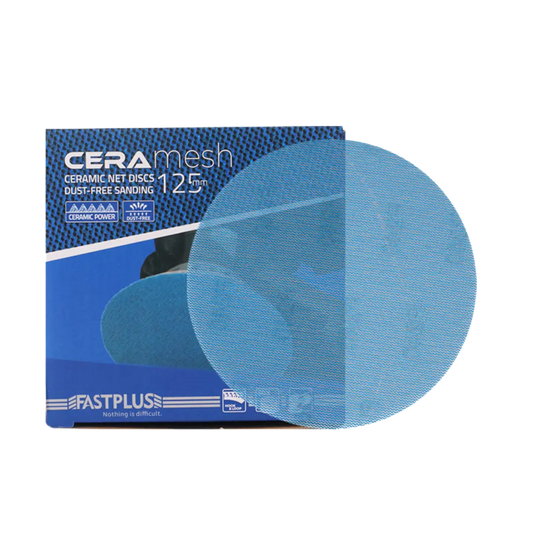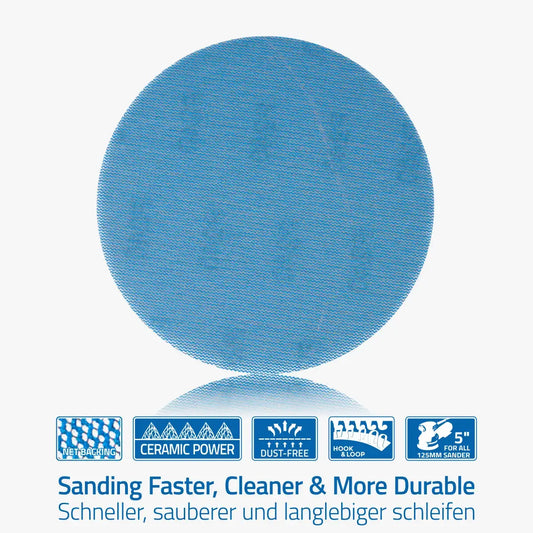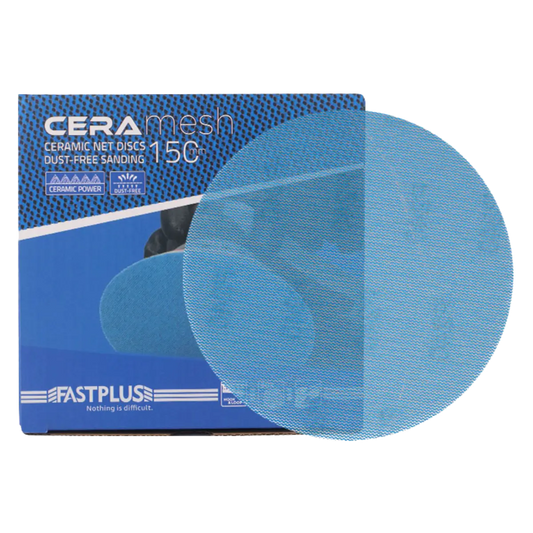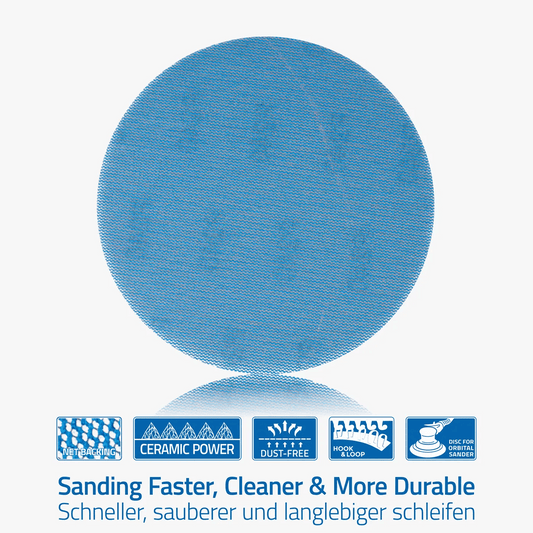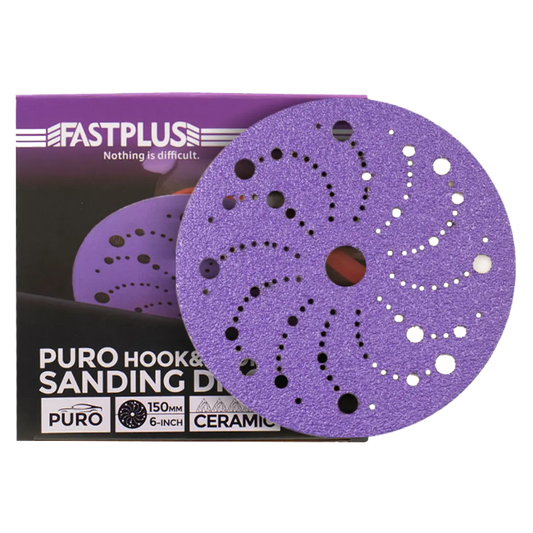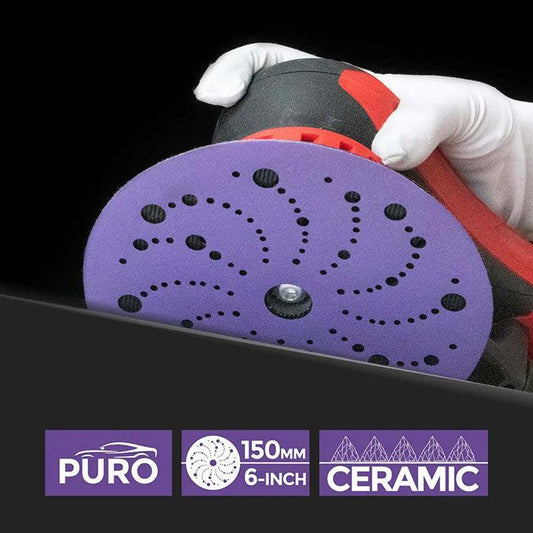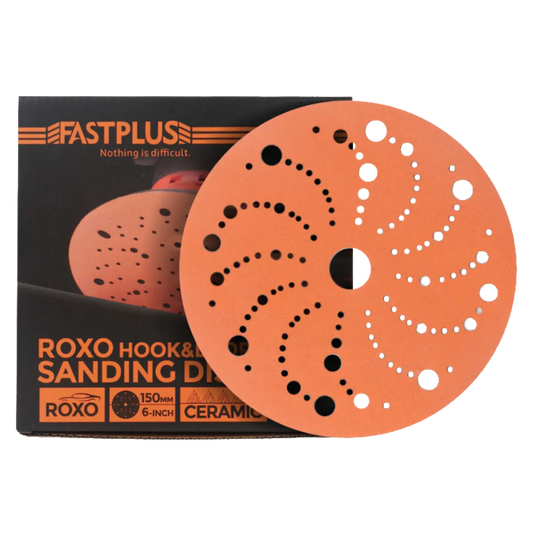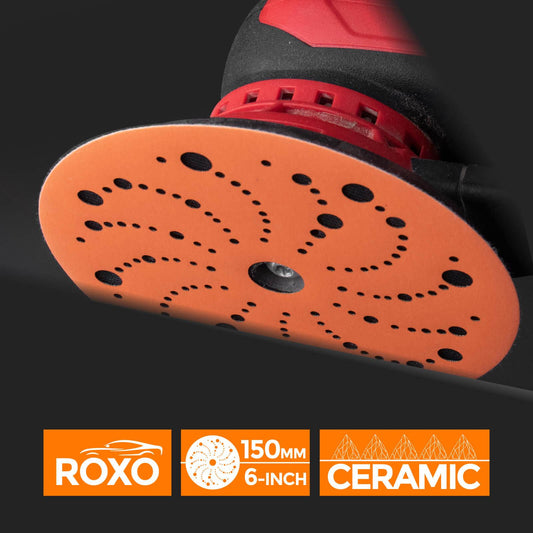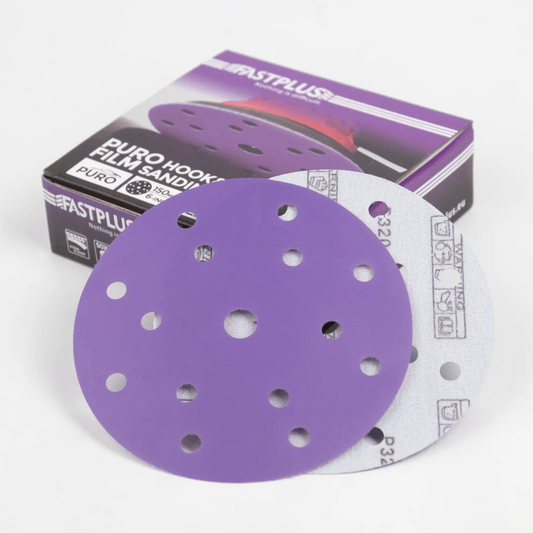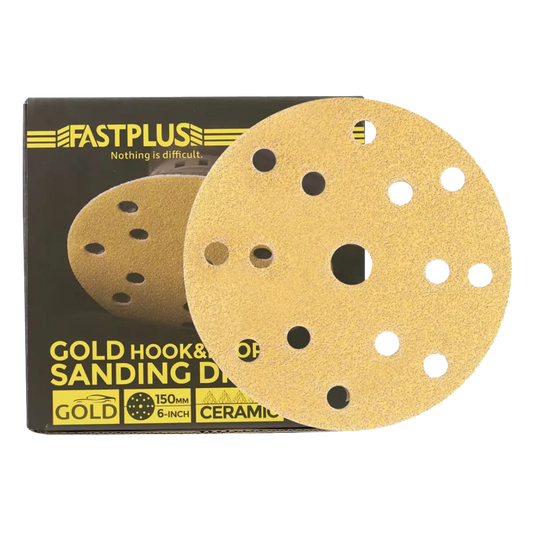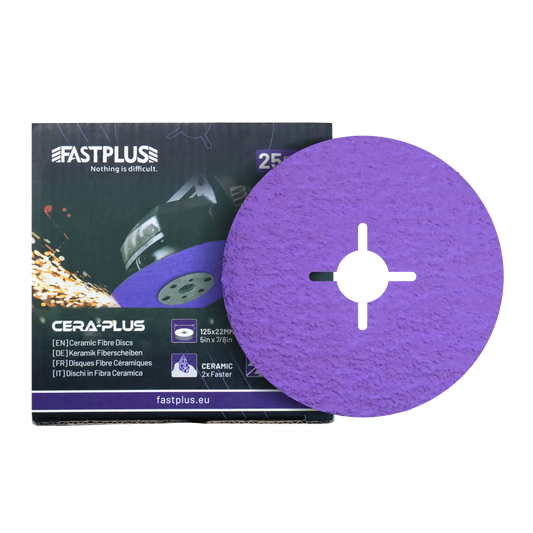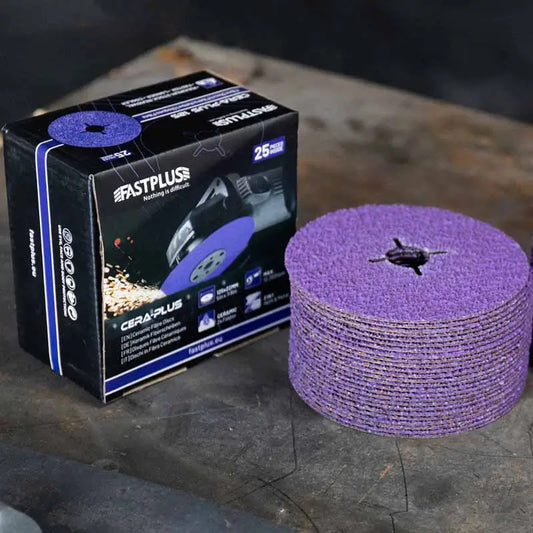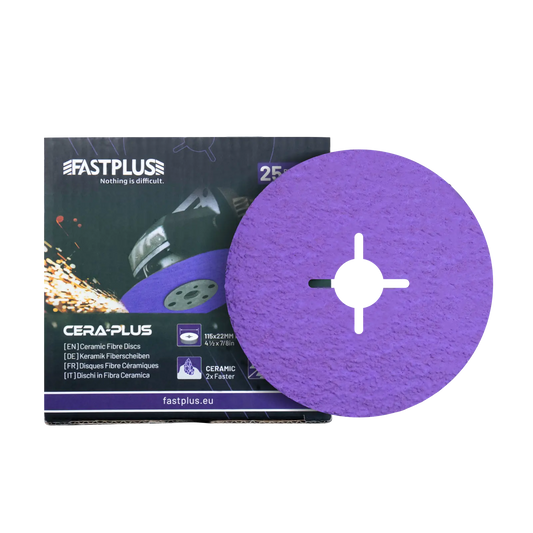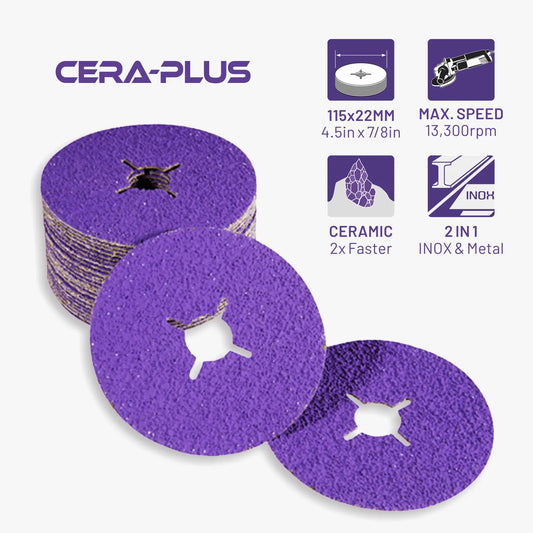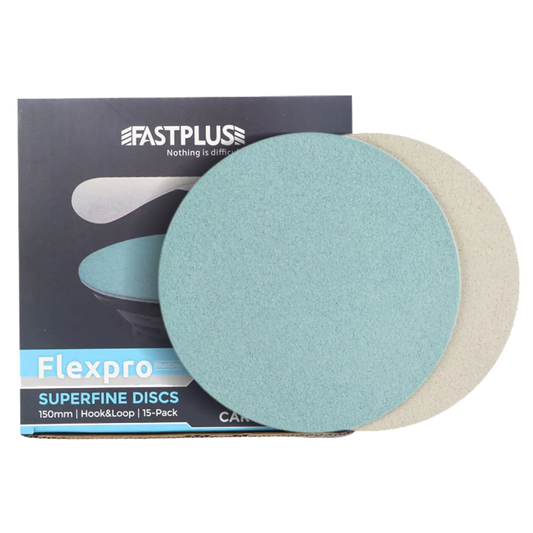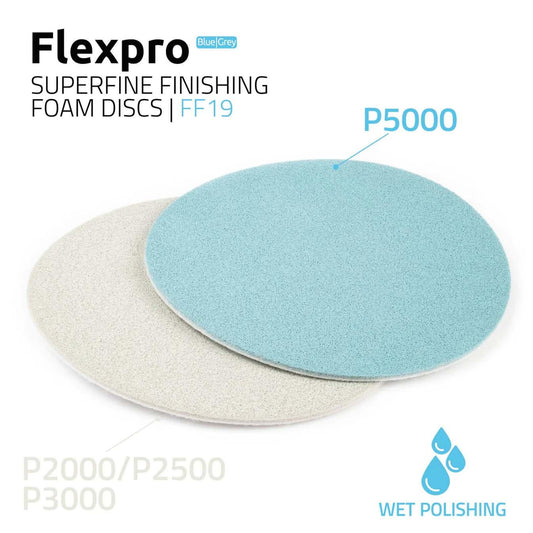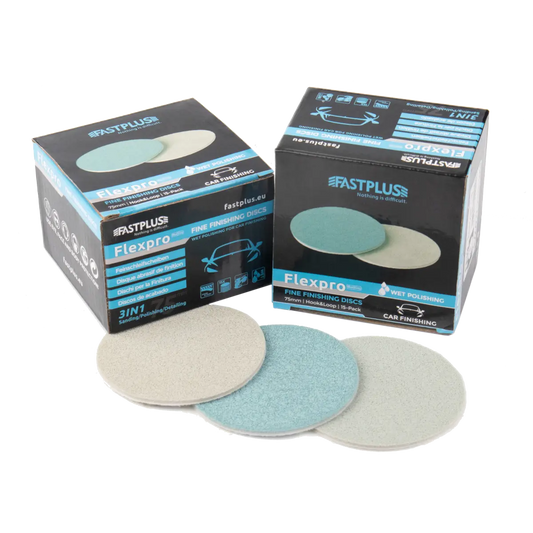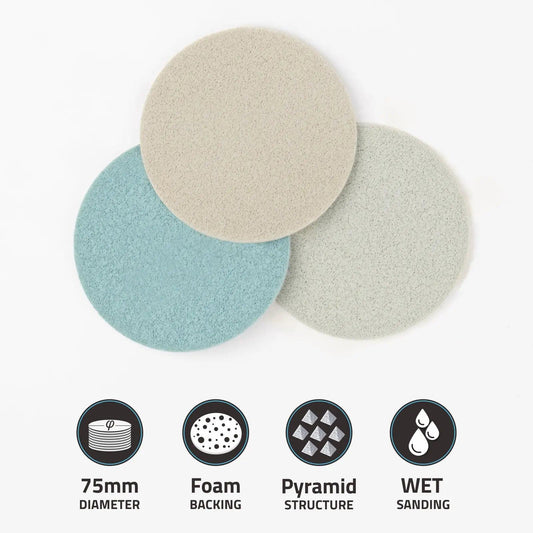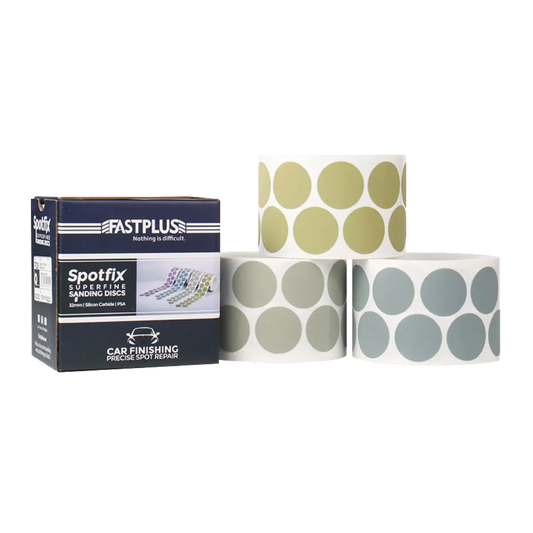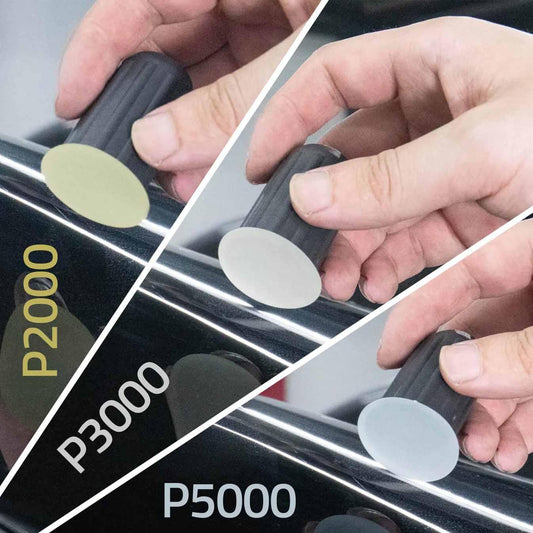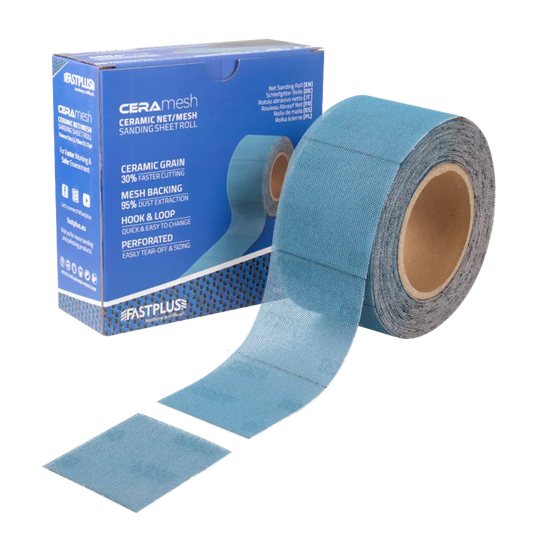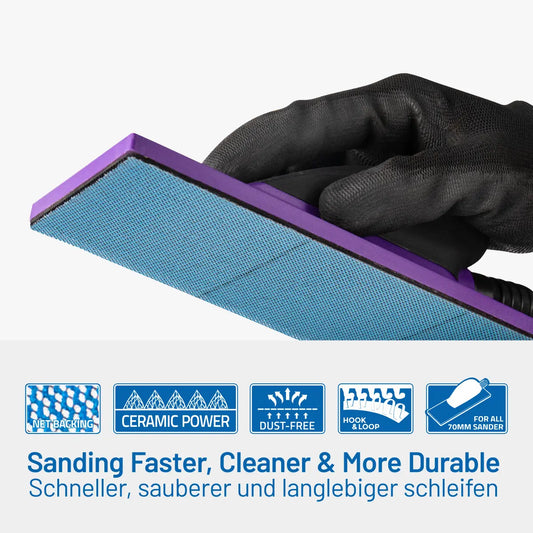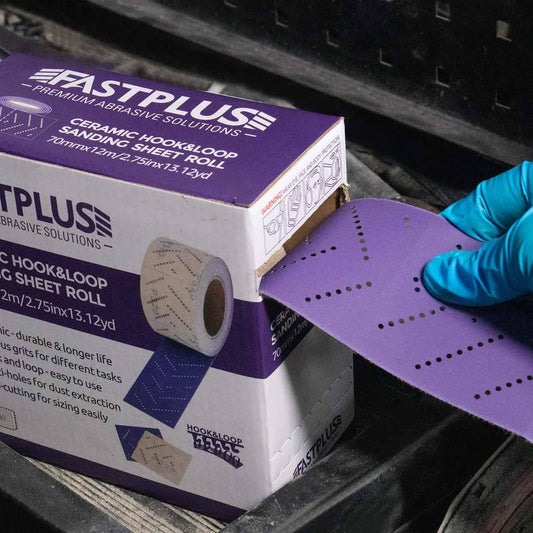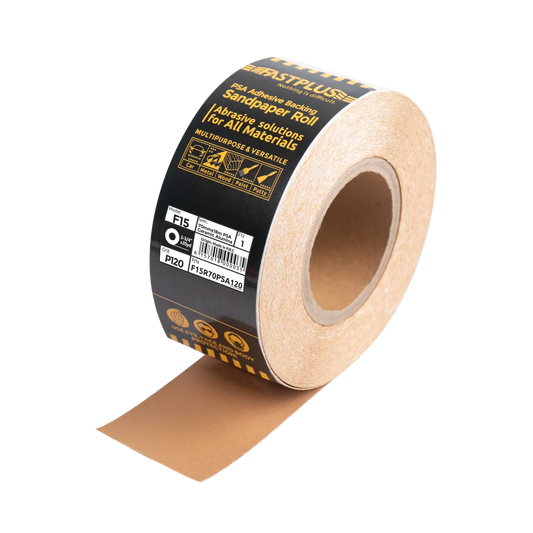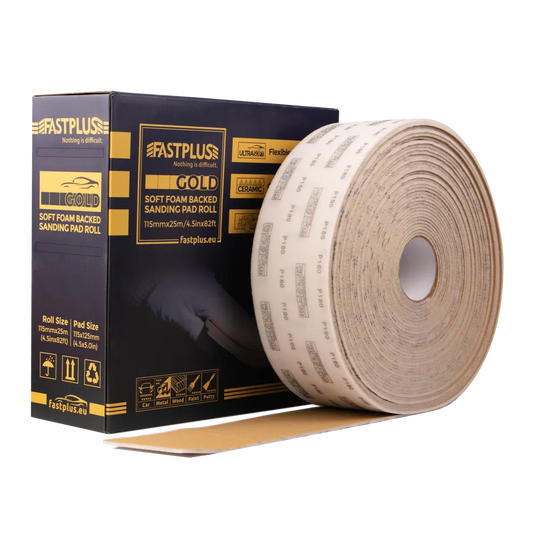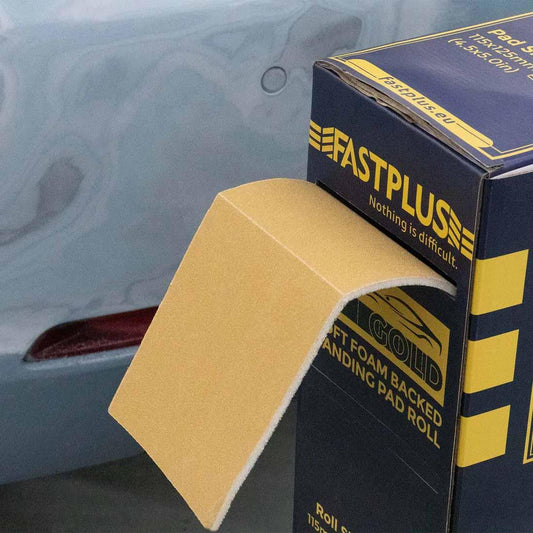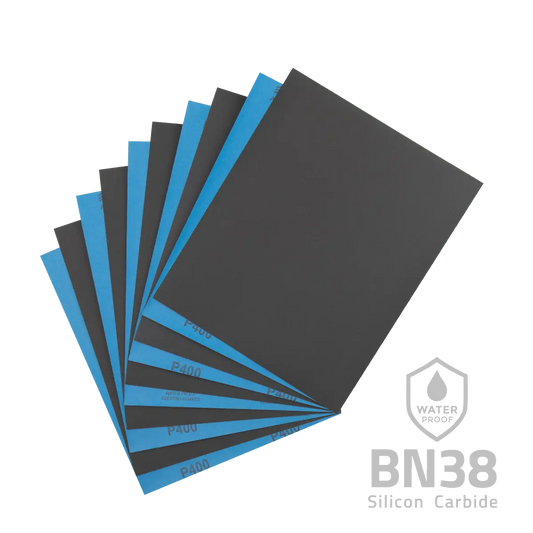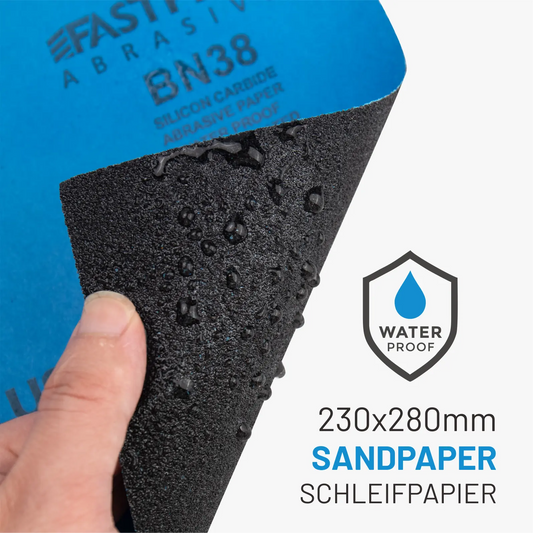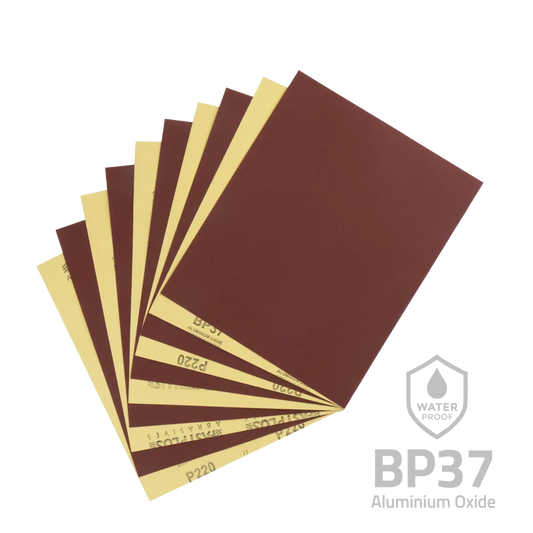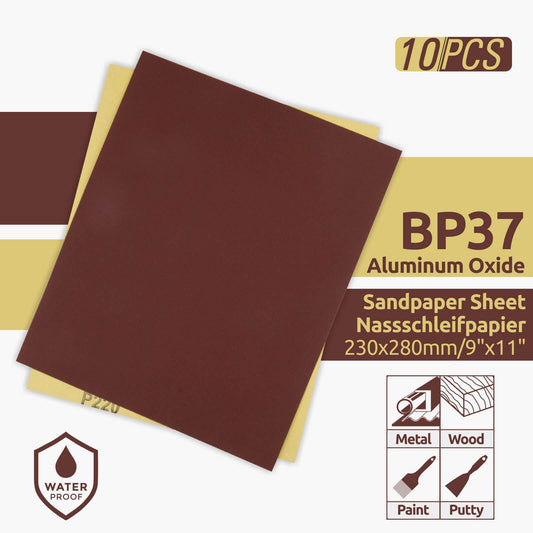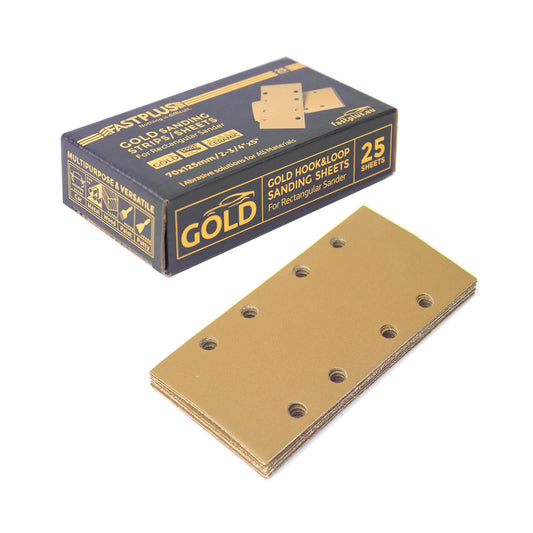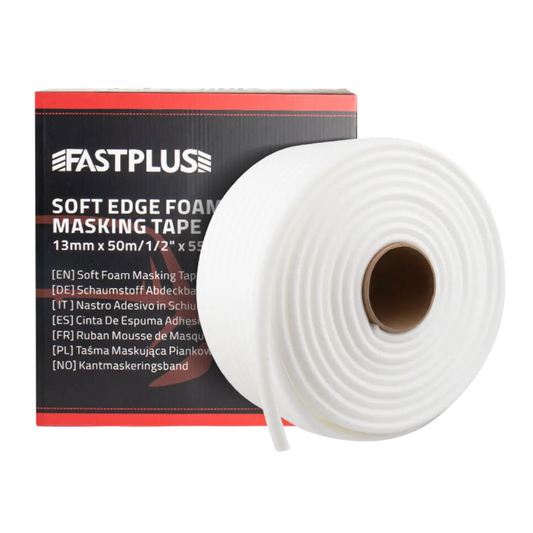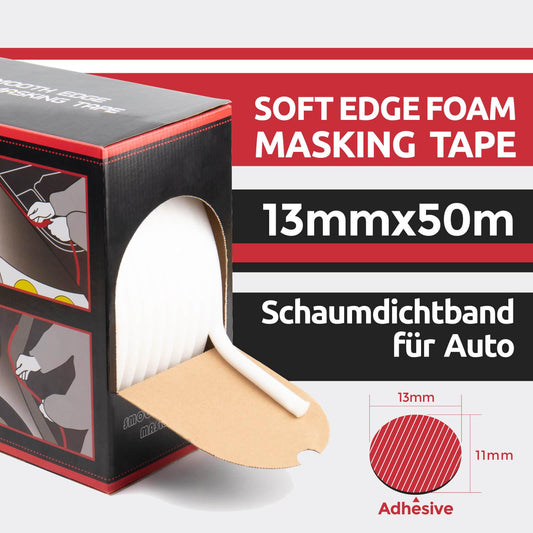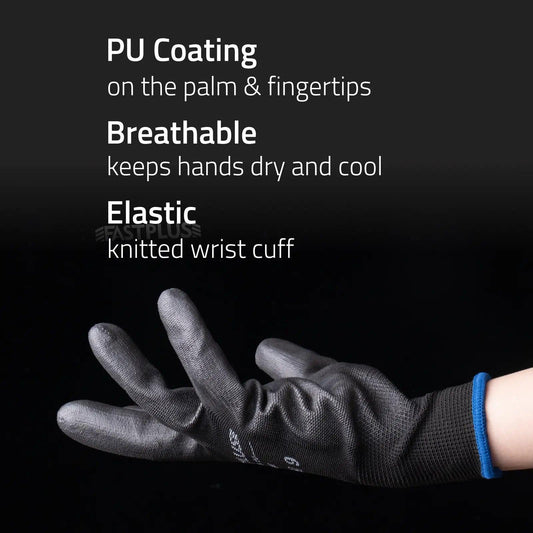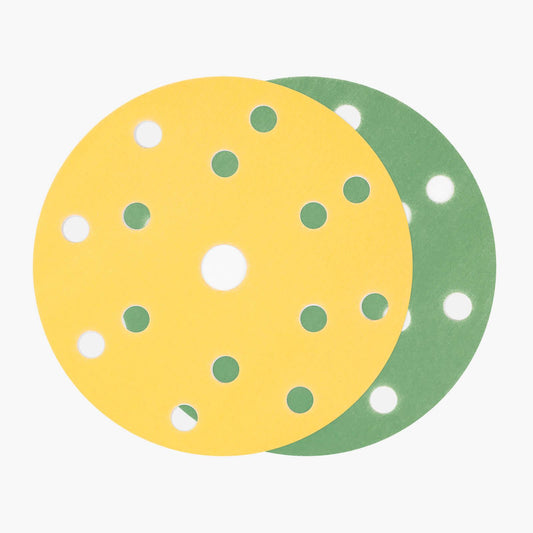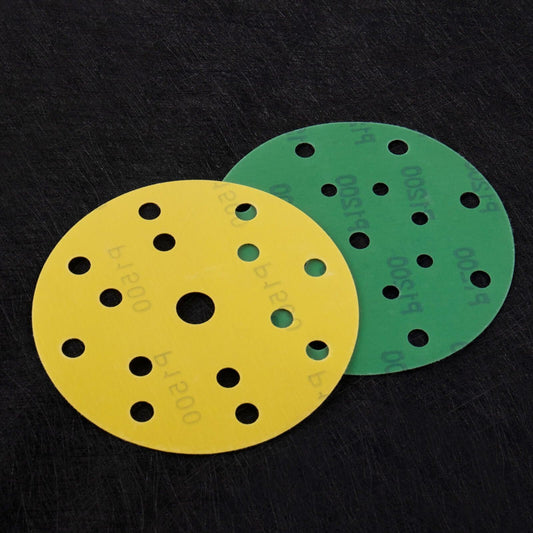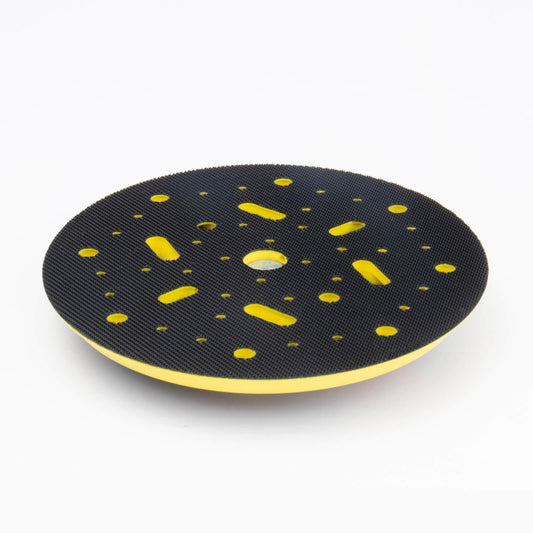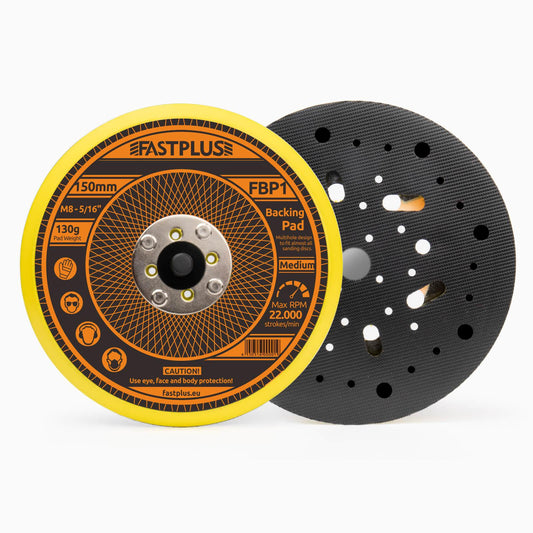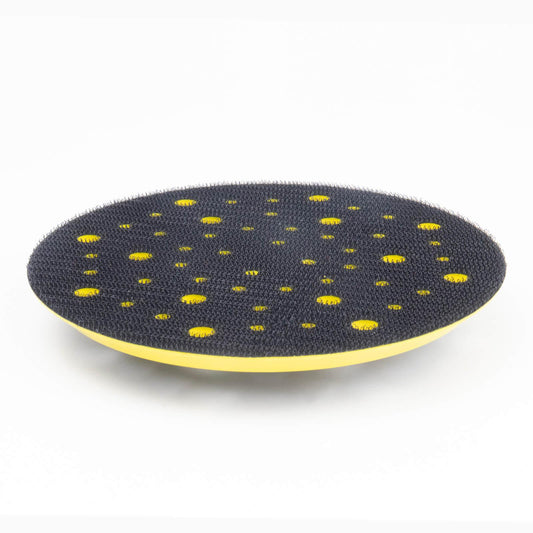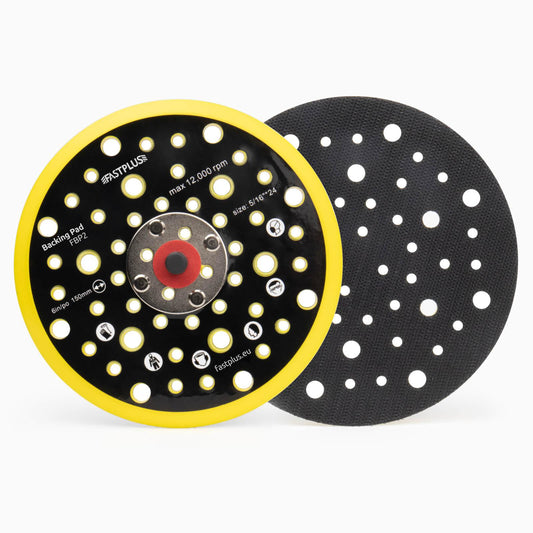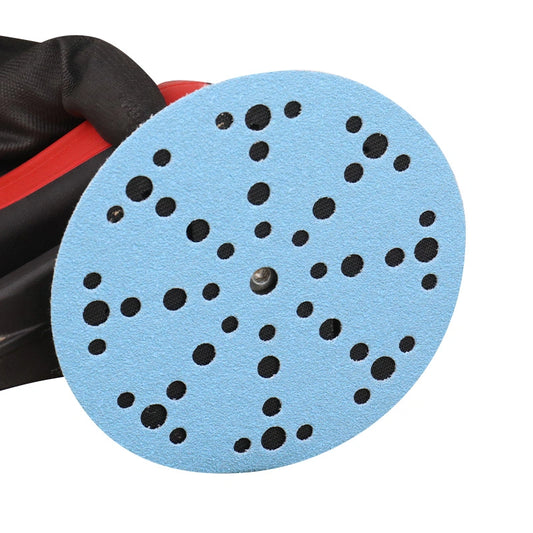
How to Sand Down the Neck of a Guitar?
Achieve a smoother, faster-playing feel with the right sanding technique and tools.
Whether you're restoring a vintage guitar or just want a faster, more comfortable playing experience, sanding down the neck of a guitar is a satisfying upgrade. A well-sanded neck can transform your playing feel — especially if the original glossy finish feels sticky, worn, or too thick. In this guide, we’ll walk through every step of the process — from preparation to polishing — using professional abrasive tools.

Why Sand the Neck of a Guitar?
The neck of a guitar is where your hand spends the most time. Over time, lacquered or glossy finishes can feel sticky or uncomfortable. Sanding it down:
- Enhances comfort and speed while playing
- Removes imperfections or dings
- Prepares the surface for refinishing
- Creates a smooth satin or bare-wood feel preferred by many players
Tools and Materials You’ll Need
Before starting, gather the following tools and supplies:
Abrasive Products
- Sandpaper Sheets – Grits: 220, 320, 400, 600, 800
- Mesh Sanding Discs – Optional for dust-free manual or orbital sanding
- Finishing Foam Discs – For polishing or final smoothing
Additional Items
- Masking tape
- Soft cloth or microfiber rag
- Naphtha or alcohol (for cleaning)
- Hand sanding block or flexible foam pad
- Vacuum or tack cloth (for dust removal)
- Guitar neck rest or cradle
Optional: Orbital sander (use with extreme care), satin finish lacquer or oil for refinishing
Step-by-Step Guide to Sanding Down the Neck
1. Prepare the Workspace
Work in a clean, dust-free environment with good lighting. Secure the guitar on a padded surface or neck rest to avoid movement.
Tip: If the neck is bolt-on and you’re comfortable removing it, detaching it can provide more control and prevent damage to the guitar body.
2. Protect Non-Sanding Areas
Use painter's or masking tape to protect areas that should not be sanded, such as:
- The fretboard edges
- The headstock
- The heel joint (if not being refinished)
This step ensures a clean boundary and prevents accidental damage.

3. Start with Medium Grit Sandpaper (220–320)
Using a sandpaper sheet or wrapping it around a foam sanding block, start with 220-grit sandpaper. This grit is aggressive enough to remove the original gloss or lacquer without gouging the wood.
Technique:
- Sand with the grain of the wood to avoid scratches.
- Apply even pressure and long, smooth strokes.
- Frequently check your progress and clean the surface with a dry cloth.
Move on to 320 grit to refine the initial work and smooth out any harsh sanding lines.
Optional: Use mesh sanding discs by hand or with a soft interface pad for better dust control and even sanding.
4. Smooth with Fine Grits (400–600)
After removing the original finish and smoothing with 320-grit, proceed to:
- 400 grit for general smoothing
- 600 grit for pre-finishing touch
These finer grits prepare the wood for either leaving it bare (for a satin feel) or applying a new finish.
Important: Always clean the surface between grits to avoid scratching from leftover particles.
5. Optional Polishing (800+ or Foam Discs)
If you want an ultra-smooth finish or plan to leave the neck unfinished for a natural feel:
- Use 800-grit sandpaper
- Or apply finishing foam discs for a polished satin surface
Foam discs are ideal for contour-following and hand-polishing work. They also work well for applying oils or waxes during final finishing.
Pro Tips for Best Results
Be Consistent with Pressure
Uneven pressure leads to flat spots or grooves, especially on rounded neck profiles. A flexible sanding block or foam pad helps maintain even contact.
Always Sand With the Grain
Cross-grain sanding will leave scratches that are hard to remove and may affect the neck's feel and appearance.
Check Progress Frequently
Pause regularly to feel the neck with your hand. Your fingers are your best guide — they’ll detect rough patches, irregularities, or lingering gloss.
Clean Between Grit Changes
Use a vacuum, tack cloth, or compressed air to remove sanding dust before moving to finer grits.
Refinishing Options After Sanding
Once the neck is sanded down, you can either leave it raw for a smooth, natural touch or apply a protective finish. Here are your options:
1. Bare Wood
- Popular among players who prefer fast, satin necks
- Needs occasional maintenance with lemon oil or wax
- Risk of moisture absorption
2. Oil Finish (e.g., Tru-Oil, Tung Oil)
- Enhances wood grain without a thick coating
- Easy to apply with a cloth
- Offers protection while preserving natural feel
3. Satin Polyurethane or Nitrocellulose Lacquer
- Longer-lasting protection
- Requires careful spraying or wiping and curing
- May slightly alter the feel
Common Mistakes to Avoid
❌ Using a Coarse Grit (Below 180)
Too coarse a grit can leave deep scratches that are hard to remove, especially on delicate or vintage necks.
❌ Over-Sanding Near Frets or Inlays
If the neck has binding or inlays near the fretboard, be extremely careful not to sand them down or lift edges.
❌ Rushing Through the Process
Each sanding step builds upon the last. Skipping grits or rushing can result in an uneven or rough finish.
Final Cleaning and Assembly
Once you’re satisfied with the feel and appearance:
- Wipe the neck thoroughly with a cloth dampened in naphtha or alcohol to remove oils and dust.
- If removed, reattach the neck and re-string the guitar.
- Test the feel with your hand to ensure smooth playability.
If finished with oil or lacquer, follow the product’s instructions for curing time before reassembling the guitar.
Recommended Products
Our store offers all the abrasive tools you need to complete your guitar neck sanding project:
🟨 Sandpaper Sheets (220–800 Grit)
Perfect for manual sanding along the neck contour. Available in premium aluminum oxide and silicon carbide.
🟩 Mesh Sanding Discs (150mm, Various Grits)
Ideal for dust-free, smooth sanding. Works with hand pads or orbital sanders.
🟦 Finishing Foam Discs
Designed for final smoothing and polishing. Perfect for achieving a satin finish or prepping for oil application.
Need help choosing the right abrasives? Contact us for expert recommendations tailored to your project.
Conclusion
Sanding the neck of a guitar is one of the most personal and rewarding modifications you can make. It not only improves playability but also gives your instrument a unique touch that fits your style. With the right sanding technique and abrasive products like sandpaper sheets, mesh sanding discs, and finishing foam discs, you can achieve a flawless feel every time you play.
👉 Ready to upgrade your guitar neck?
Shop our full range of sanding and polishing tools — built for precision, durability, and performance.
🛒 [Browse Now]
